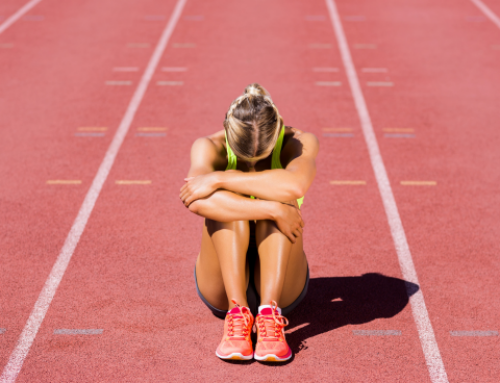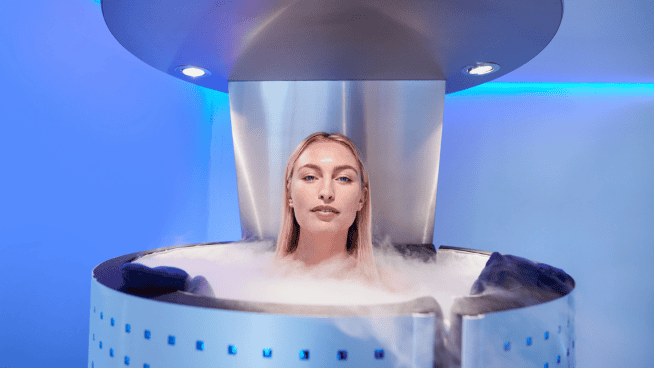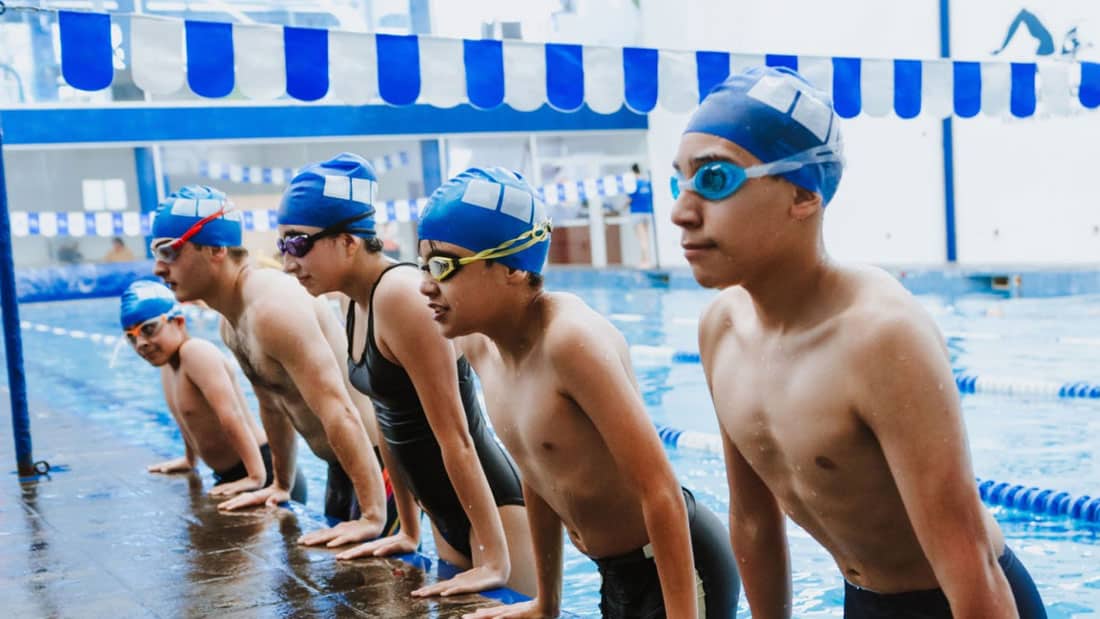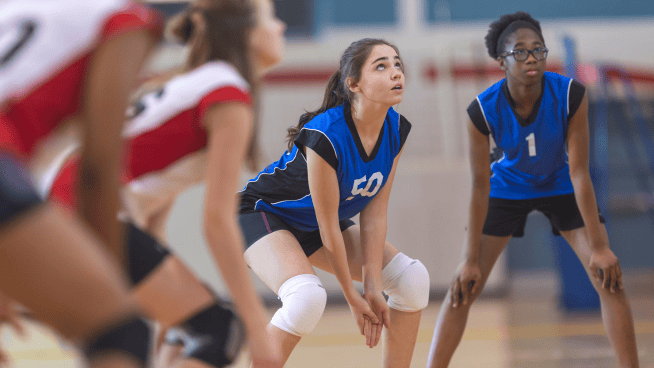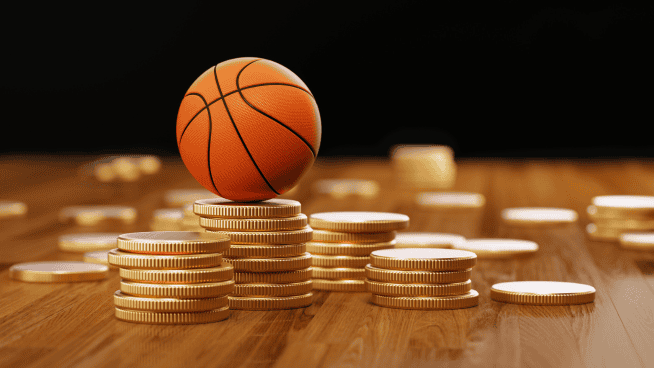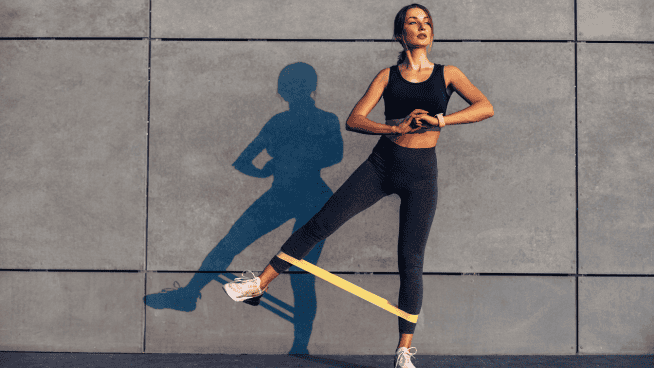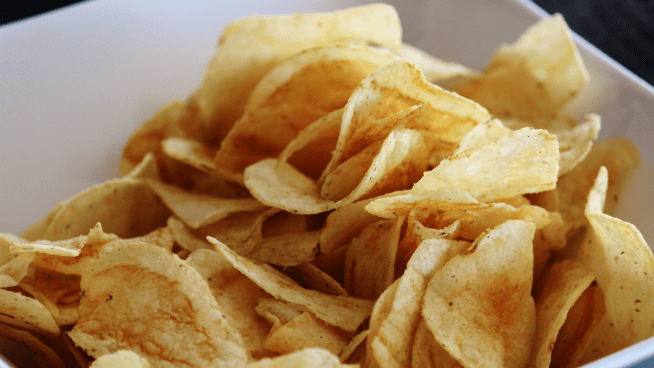Basketball Training: Improve Your Jump Shot
The most potent and most popular way to score in basketball is the jump shot. In this article, we’ll take a look at how you can improve your jump shot via a basketball-specific workout.
The Jump Shot
Dr. Charles Hess defined the physical foundation of a jump shot as “a player’s ability to obtain optimal height in the air as quickly as possible to outmaneuver the opponent.” When University of Kansas researchers examined rested and fatigued basketball players’ jump shots, they found the major difference between the two groups was vertical displacement. Basically, the tired players could not maintain the height of their jump while shooting the ball, which resulted in an altered shot angle.
More recent research has confirmed these findings, showing that fatigued players compensate for loss of height by pushing the ball forward from the elbow. Such adjustments decrease the optimum angle of shot release, increasing the chances of deflection and inaccuracy.
To maximize the accuracy of the jump shot, the load must be vertical and repeatable, best addressed through an efficient production of force against the ground—technically called Ground Reaction Force (GRF). It is not just a simple need for more GRF, but rather an efficient balance of the three variables of GRF—the rate at which it is developed, its magnitude and its duration.
For many basketball players, shooting more can actually be detrimental, because they learn poor mechanics, like pushing the ball forward due to the loss of optimal jump height. This past summer at SPARTA, we spent a few months building Jeremy Lin’s fatigue resistance. We encouraged Lin to shoot—but only until his jump shot quality started to decline. Once he showed signs of jump fatigue, we had him perform our aggressive strengthening program. In particular, Lin performed Squats, due to their simultaneous ability to improve GRF and mobility, especially in the ankles. Weak ankles are a key cause of knee pain and injuries.
Jump Shot Workout
Below are our primary exercises in Level 1—for athletes just beginning to train—to improve GRF (and thus the jump shot) in basketball players. Perform one or two of these exercises in your lower-body workout.
1. Front or Back Squat — 5×3-8
2. Split Squat — 5×6-10 each leg
3. Deadlift — 5×3-8
Finally, we always complex a lift with a plyometric or reactive strength component (such as the jump exercises below) to take advantage of the increased activation and force capabilities of the muscle after a heavy lift. Select one of the following plyo exercises to perform in a complex with the above exercises. These are typically done for between four and eight reps per lifting set.
1. Forward Hop — 5×4-8
2. Lateral Hop — 5×4-8
3. Depth Jump — 5×4-8
Photo: dalje.com
Scott Salwasser, CSCS, is a coach at SPARTA Performance Science in Menlo Park, Calif., where he works with athletes from the MLB, NBA and NFL, as well as with collegiate and elite high school athletes. He has worked as a strength and conditioning coach at the Division I level and in the NFL as an intern. Salwasser played football in college and competed as an Olympic style weightlifter. He has a master’s degree in kinesiology.
RECOMMENDED FOR YOU
MOST POPULAR
Basketball Training: Improve Your Jump Shot
The most potent and most popular way to score in basketball is the jump shot. In this article, we’ll take a look at how you can improve your jump shot via a basketball-specific workout.
The Jump Shot
Dr. Charles Hess defined the physical foundation of a jump shot as “a player’s ability to obtain optimal height in the air as quickly as possible to outmaneuver the opponent.” When University of Kansas researchers examined rested and fatigued basketball players’ jump shots, they found the major difference between the two groups was vertical displacement. Basically, the tired players could not maintain the height of their jump while shooting the ball, which resulted in an altered shot angle.
More recent research has confirmed these findings, showing that fatigued players compensate for loss of height by pushing the ball forward from the elbow. Such adjustments decrease the optimum angle of shot release, increasing the chances of deflection and inaccuracy.
To maximize the accuracy of the jump shot, the load must be vertical and repeatable, best addressed through an efficient production of force against the ground—technically called Ground Reaction Force (GRF). It is not just a simple need for more GRF, but rather an efficient balance of the three variables of GRF—the rate at which it is developed, its magnitude and its duration.
For many basketball players, shooting more can actually be detrimental, because they learn poor mechanics, like pushing the ball forward due to the loss of optimal jump height. This past summer at SPARTA, we spent a few months building Jeremy Lin’s fatigue resistance. We encouraged Lin to shoot—but only until his jump shot quality started to decline. Once he showed signs of jump fatigue, we had him perform our aggressive strengthening program. In particular, Lin performed Squats, due to their simultaneous ability to improve GRF and mobility, especially in the ankles. Weak ankles are a key cause of knee pain and injuries.
Jump Shot Workout
Below are our primary exercises in Level 1—for athletes just beginning to train—to improve GRF (and thus the jump shot) in basketball players. Perform one or two of these exercises in your lower-body workout.
1. Front or Back Squat — 5×3-8
2. Split Squat — 5×6-10 each leg
3. Deadlift — 5×3-8
Finally, we always complex a lift with a plyometric or reactive strength component (such as the jump exercises below) to take advantage of the increased activation and force capabilities of the muscle after a heavy lift. Select one of the following plyo exercises to perform in a complex with the above exercises. These are typically done for between four and eight reps per lifting set.
1. Forward Hop — 5×4-8
2. Lateral Hop — 5×4-8
3. Depth Jump — 5×4-8
Photo: dalje.com
Scott Salwasser, CSCS, is a coach at SPARTA Performance Science in Menlo Park, Calif., where he works with athletes from the MLB, NBA and NFL, as well as with collegiate and elite high school athletes. He has worked as a strength and conditioning coach at the Division I level and in the NFL as an intern. Salwasser played football in college and competed as an Olympic style weightlifter. He has a master’s degree in kinesiology.





